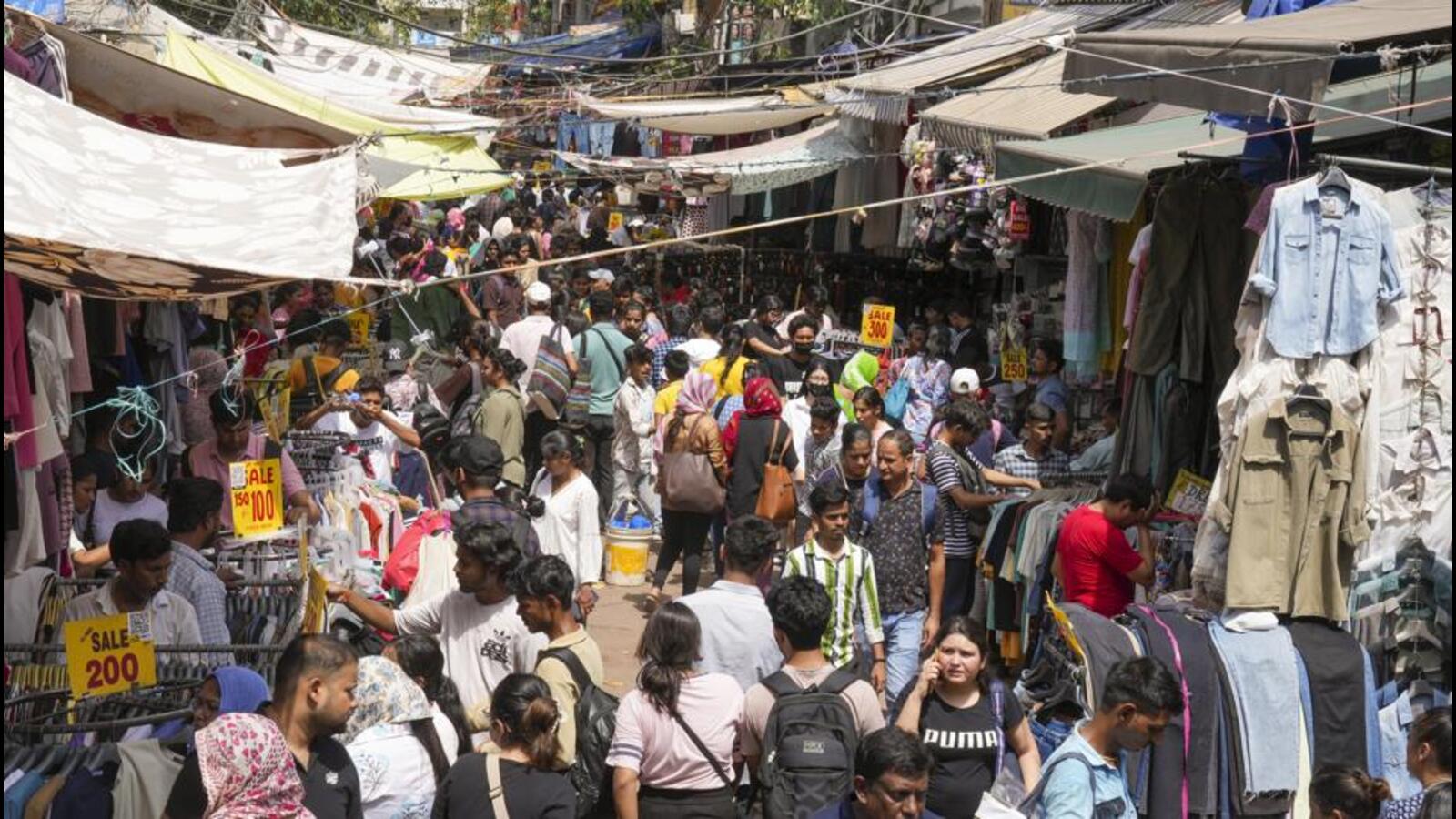Midnight Demolition at Sarojini Nagar Market Sparks Outrage Among Traders as 150 Shops Affected
Midnight Mayhem: NDMC’s Anti-Encroachment Drive Leaves Sarojini Nagar Traders Outraged
In the early hours of Sunday, the New Delhi Municipal Council (NDMC) launched a controversial anti-encroachment drive at the bustling Sarojini Nagar market that has left local traders feeling furious and betrayed. The drive, which occurred while the market was closed, reportedly targeted shop extensions, awnings, signage, and permanent structures that shopkeepers had set up to enhance their businesses. According to traders, the NDMC’s actions have affected around 150 shops, leading to significant losses in a market that plays a vital role in Delhi’s retail economy.
What Happened? A Night of Destruction
Ashok Randhawa, president of the Sarojini Nagar Mini Market traders’ association, shared shocking details of the operation, stating that bulldozers and enforcement teams arrived around 11 PM after the market had closed for the day. Drawing attention to the timeline of events, Randhawa said, "Between 11.30 PM and 1 AM, they have demolished awnings, signage, and shop facades in almost 150 shops." He emphasized that these awnings are crucial for shielding vendors and customers from the harsh Delhi weather, which can fluctuate dramatically between summer heat and monsoon rains.
- Time of Action: 11 PM to 1 AM
- Items Demolished: Awnings, Signage, Shop Facades
- Affected Shops: Approximately 150
NDMC’s Justification: A Pursuit of Public Space
In response to the outcry from traders, the NDMC defended its nighttime operation. A spokesperson for the council stated, “We are consistently undertaking anti-encroachment drives to maintain encroachment-free urban spaces and ensure unhindered access to markets, footpaths, and public areas for visitors." According to NDMC, this latest action is part of an intensified effort to reclaim public spaces and enhance overall urban accessibility, a persistent concern in many parts of the capital.
Despite these claims, shopkeepers have expressed their outrage, claiming that the operation was not conducted in accordance with standard procedures. Ashok Kalra, general secretary of the Sarojini Nagar market association, noted that there was no prior warning issued regarding the demolition. "We had held meetings with senior civic officials just two days back," he remarked, highlighting a gap between the council’s stated intentions and the reality on the ground.
History & Importance of Sarojini Nagar Market
The Sarojini Nagar market is not just another retail space; it is a cultural and commercial landmark in New Delhi, dating back to 1951. Originally known as the Vinay Marg Sub-District Centre, the market consists of various segments:
- Main Market: Approximately 200 shops
- Babu Market: 120 shops
- Sarojini Nagar Mini Market: 32 shops
- Street Vendors’ Zone: 104 outlets
Renowned for its affordable clothing and trendy accessories, the market serves a diverse clientele, from students to families from all corners of the city. However, over the years, issues related to encroachments and fire hazards have become pressing concerns for authorities. The rooftops of several shops, for example, have been reported as illegal storage areas, which could potentially lead to disastrous fire hazards.
The Traders’ Fight: A Call for Fair Treatment
Given the severity of the situation, traders have begun mobilizing in protest against the NDMC’s actions. Kalra and Randhawa emphasized that the council’s crackdown affects the livelihoods of countless individuals and families who depend on the market for their sustenance. Many vendors also pointed out that even while notices were served to clear perceived fire hazards, the NDMC used this as a pretext to begin demolitions indiscriminately.
"We will protest against this move," Kalra stated. Their frustration highlights a growing discontent with how governance is handled in public markets, creating a wider debate on encroachment and urban planning in one of the most densely populated cities in the world.
Conclusion: A Turning Tide for Urban Traders
The NDMC’s midnight demolition drive at Sarojini Nagar raises urgent questions about the balance between urban development and the rights of small traders. As the situation unfolds, the traders’ associations are gearing up for a legal battle and public demonstrations to reclaim their spaces and protect their livelihoods. With any major urban reforms, it is crucial for authorities to engage in dialogue with stakeholders, emphasizing a collaborative approach that doesn’t punish those who contribute vibrantly to the city’s economy.
As we remain tuned into this developing story, the fervor and resilience of the traders serve as a testament to their unwavering spirit amidst the challenges of urban governance. How the NDMC responds to these challenges in the coming weeks will be a litmus test for fair and effective public administration in the capital.






